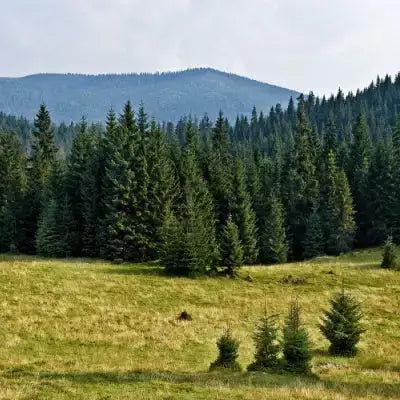Pine Trees create lovely roadside scenery, make great natural fences, and keep the property private. Pine trees grow all along the eastern seaboard, and there are many advantages to pine trees growing on the property. Timber is significant in every region of the world, and Pine trees grow worldwide. Varieties are many; Loblolly Pine, White Pine, Virginia Pine, and Yellow Pine are all types of this versatile tree. Pine trees stay green throughout the year, and many take it upon themselves to grow, reseeding every season. Virginia Pine trees are community plants growing well with other trees and make excellent fencing plant.
Furniture is made from this tree and cleaning products, making its use in industry unlimited. The Pine offers the everyday citizen a world of environmental gifts. The willow Yellow Pine matches the tall mountains it grows among, reaching 600 feet. Pine trees grow voluntarily and are also planted in groups, creating a beautiful and healthy view. People use Pine trees for Christmas trees during holidays. Loblolly pine trees are famous for this purpose in the Southern United States. Ornamental arrangements from Pine tree branches are also popular. All pine trees are evergreen.
Loblolly pine is a very popular evergreen for keeping out unwanted elements. Many people have the pleasure of walking outside their door and smelling the scent of Pine. Fall presents a time when Pine Cones and Pine Needles are found all over lawns mixed with chilling rain and browned leaves. Fallen needles are always around in winter, and cones are large and ready for holiday décor.
White Pine and Virginia Pine trees are good for blocking out road noises
Living in an area filled with Pine trees offers a quieting solution to honking horns and roaring engines. Pine trees block loose traffic on roads if your home is near a roadway. Many families in the city have privacy fences, but this is little protection if a car leaves the highway. Pines are rugged and multiply, nurturing the soil while sheltering other plants from winter's cold, including people's homes. Pine trees are strong and often shield homes from the full force of severe winds averting serious damage to whole communities.
The Yellow Pine is tall and sleek, also known as the Ponderosa Pine
This Pine, with its smell of Butterscotch, is majestic and has a robust structure. Common to mountainous areas, wood is favored for lumber. Looking upon beauty is also an advantage to anyone fortunate enough to see these majestic trees.
Privacy is one of the Pine tree's advantages. They are easy to grow, reducing the blaring level of traffic noise and headlight glare in suburban areas. Pine trees along highways create a splendid environment for reducing pollution and noise and avoiding dull landscapes.
These areas make great spots for planting Pines. They shield communities from dust, wind, and soil erosion and clean the air. Adding value to the property is another Pine tree advantage and a delight for any property owner.


